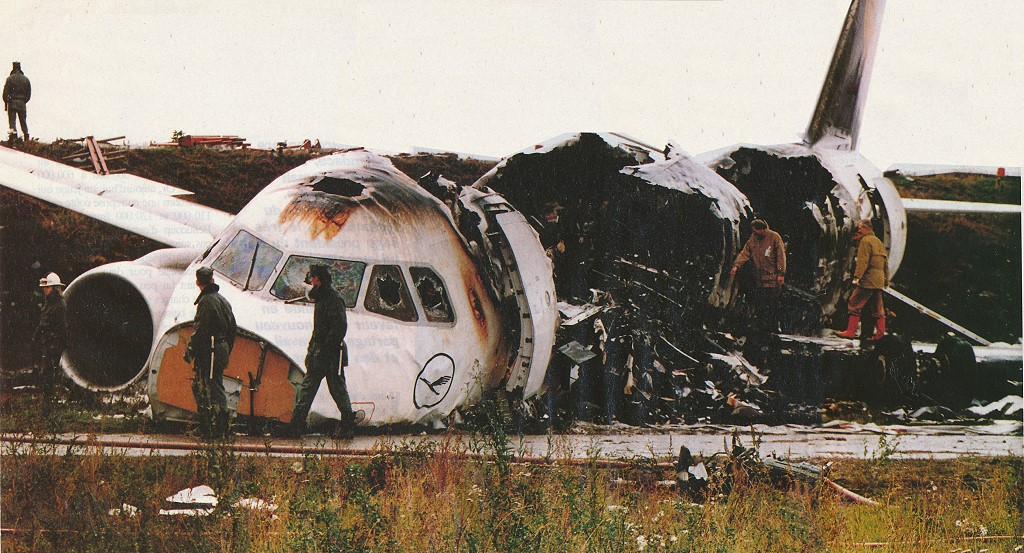In this video lesson, I look at Sub-System Hazard Analysis with Mil-Std-882E (SSHA, which is Task 204). I teach the mechanics of the task, but not just that. I’m using my long experience with this Standard to teach a pragmatic approach to getting the work done.
Task 204 is one of three tasks that integrate tightly in a Systems Engineering framework. (The others are System Hazard Analysis, Task 205, and System of Systems Hazard Analysis, Task 209.)
SSHA is designed to be used where a formal Sub-System Specification (SSS) has been created. However, an SSS is not essential to perform this Task. The need for SSHA is usually driven by the complexity of the system and/or that sub-system development is contracted out.
Together, we will explore Task 204’s aim, description, scope, and contracting requirements. There’s value-adding commentary, and I explain the issues with SSHA – how to do it well and avoid the pitfalls.
Topics: Sub-System Hazard Analysis
- Preamble: Sub-system & System HA.
- Task 204 Purpose:
- Verify subsystem compliance;
- Identify (new) hazards; and
- Recommend necessary actions.
- Task Description (six slides);
- Reporting;
- Contracting; and
- Commentary.
Transcript: Sub-System Hazard Analysis
Introduction
Hello, everyone, and welcome to the Safety Artisan, where you will find professional, pragmatic, and impartial instruction on all things system safety. I’m Simon – I’m your host for today, as always and it’s the fourth of April 22. With everything that’s going on in the world, I hope that this video finds you safe and well.
Sub-System Hazard Analysis
Let’s move straight on to what we’re going to be doing. We’re going to be talking today about subsystem hazard analysis and this is task 204 under the military standard 882E. Previously we’ve done 201, which was preliminary hazard identification, 202, which is preliminary hazard analysis, and 203, which is safety requirements hazard analysis. And with task 204 and task 205, which is system has analysis, we’re now moving into getting stuck into particular systems that we’re thinking about, whether they be physical systems or intangible. We’re thinking about the system under consideration and I’m really getting into that analysis.
Topics for this Session
So, the topics that we’re going to cover today, I’ve got a little preamble to set things in perspective. We then get into the three purposes of task 204. First, to verify compliance. Secondly, to identify new hazards. And thirdly, to recommend necessary actions. That would be recommended control measures for hazards and risks. We’ve got six slides of task description, a couple of slides on reporting, one on contracting, and then a few slides on some commentary where I put in my tuppence worth and I’ll hopefully add some value to the basic bones of the standard.
It’s worth saying that you’ll notice that subsystem is highlighted in yellow and the reason for that is that the subsystem and system hazard analysis tasks are very, very similar. They’re identical except for certain passages and I’ve highlighted those in yellow. Normally I use a yellow highlighter to emphasize something I want to talk about. This time around, I’m using underlining for that and the yellow is showing you what these are different for subsystem analysis as opposed to system [hazard analysis]. And when you’ve watched both sessions on 204 and 205, I think you’ll see the significance of what I’ve done.
Preamble – Sub-system & System HA
Before we get started, we need to explain the system model that the 882 is assuming. If we look at the left-hand side of the hexagons, we’ve got our system in the center, which we’re considering. Maybe that interfaces with other systems. They work within the operating environment; hence we have the icon of the world, and the system and maybe other systems are there for a purpose. They’re performing some task; they’re doing some function and that’s indicated by the tools. We’re using the system to do something, whatever it might be.
Then as we move to the right-hand side, the system is itself broken down into subsystems. We’ve got a couple here. We’ve got sub-systems A and B and then A further broken down into A1 and A2, for example. There’s some sort of hierarchy of subsystems that are coming together and being integrated to form the overall system. That is the overall picture that I’d like to bear in mind while we’re talking about this. The assumption in the 882, is we’re going to be looking at this subsystem hierarchy bottom upwards, largely. We’ll come on to that.
Sub-System Hazard Analysis (T204)
The purpose of the task, as I’ve said before, it’s threefold. We must verify subsystem compliance with requirements. Requirements to deal with risk and hazards. We must identify previously unidentified hazards that may emerge as we’re working at a lower level now. And we must recommend actions as necessary. Those are further requirements to eliminate all hazards or mitigate associated risks. We’ll keep those three things in mind and that will keep coming up.
[Video continues…]
End: Sub-System Hazard Analysis
My name’s Simon Di Nucci. I’m a practicing system safety engineer, and I have been, for the last 25 years; I’ve worked in all kinds of domains, aircraft, ships, submarines, sensors, and command and control systems, and some work on rail air traffic management systems, and lots of software safety. So, I’ve done a lot of different things!

You can find a free pdf of the System Safety Engineering Standard, Mil-Std-882E, here.





























